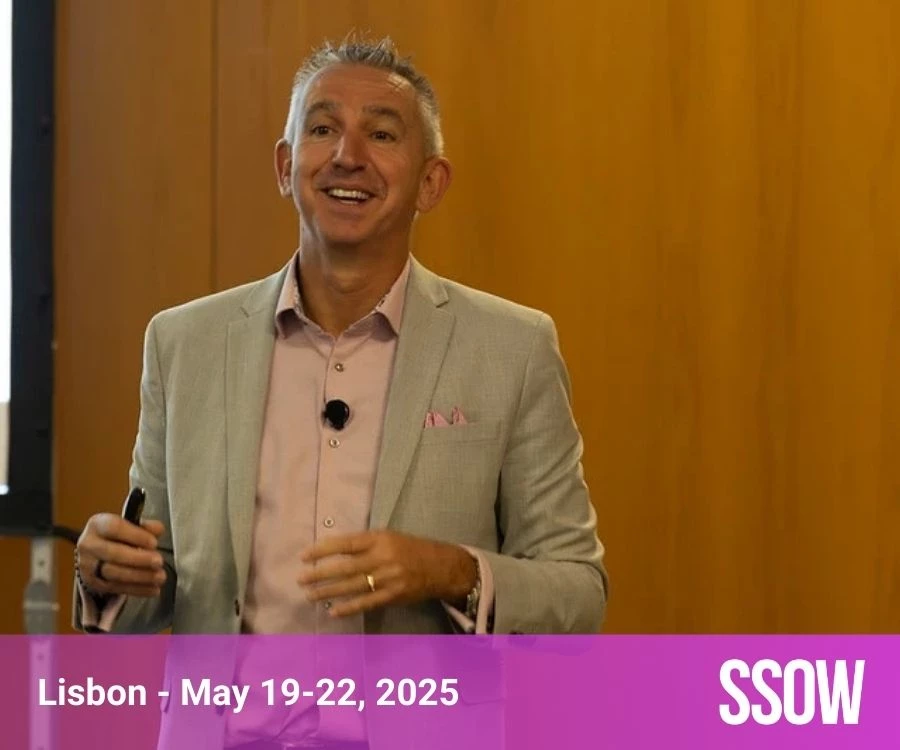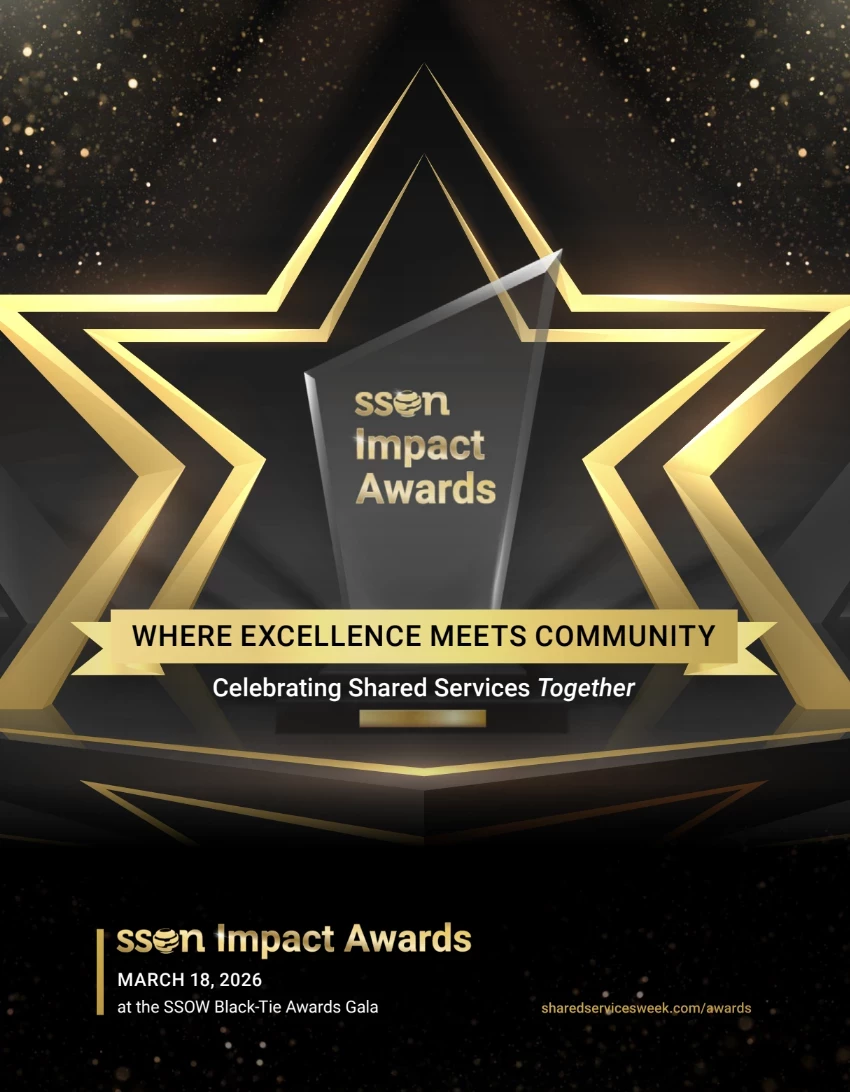
In this post, I continue the series about running an internal consulting practice within a GBS organization. I share further lessons from the field and practical techniques, this time focusing on the selection and winning of appropriate work.
Question: is it be better if the internal consulting team competes for work?
To get into this topic, I answer a question from Aleksander Jaskowiak, who asks: ‘instead of having a consulting ban, would it be a truer measure of success if the internal customers had the freedom of choice between external and internal consulting capabilities?’ Having thought about it, I like the sentiment that the need to bid for work keeps the team competitive, but I disagree with competing for all work for two reasons. Firstly, a full consulting ban is practically impossible to deliver, external consultants will always be present and remain an option, so the internal team needs to always retain competitiveness. And secondly, the purpose of having an internal team is to save money and do the work better for the company, not run perfect procurement processes. I will explain my thinking a little more, because the answer is nuanced, and the reason for building an internal consulting team and resulting level of mandate is important to understand.
Consider two extremes:

The correct approach is between these extremes. We do not build an internal consulting team for fun. We do it for a business case, to drive down the cost and increase the effectiveness of certain types of work. We do not need to use an RFP to prove this each time if the work is clearly within the built capability, but it is good to keep the team on their toes. Similarly, the attraction of a hard mandate and external consulting ban is not practical. People will always find reasons, exceptions, and loopholes to bring consultants in, and in many cases, this is the right thing to do.
For those of you managing a consulting team within GBS, I paint a picture based on my experience in the field, which you can adjust to something that will work in your context:
- Avoid a mandate, it will not work sustainably. Instead, set an expectation that the internal consulting team should be consulted and involved in the highest priority projects. In place of a ban, secure a process that makes people think twice before hiring externally.
Set up the team to deliver a defined scope of well thought through services. I covered earlier how each scope extension (e.g., operating model design, change management) should be designed, with methods, skills and staffing assumptions adjusted accordingly, to ensure the availability of qualified people. - Build a close relationship with the procurement category lead. This provides visibility of opportunities and positions the internal team as an ally rather than a supplier. For major work, consulting leadership can act as an ‘informed buyer’; for example, writing statements of work and negotiating the terms and scope of external consulting projects.
- Take part in a few procurement processes. It does not hurt to compete for work that is at the edge of the team’s capability, however it is not productive to do this every time. As the right solution may require a blend of internal and external teams, the internal team can be part of the shaping and selection process for external support.
- Collaborate with external consultancies. There are many situation where an external consultancy brings needed skills, knowledge, thinking and discipline to the table. This does not mean that they must do all the roles, or that the team needs to retain the same shape for the duration. On major projects, blend the team, and where you are not the best option (e.g., specialist technical or market analyses, benchmarking and best practice sharing, and design in new areas), help your colleagues get approval for external spend.
- Always ask yourself, ‘what is the right thing to do for the company?’ This is hard to do, but powerful. If the internal consulting team is not the best option, say so. If the work is not needed, or could be done more efficiently, call it out. The job of an internal consulting team is NOT TO DO ALL THE WORK, or maximize revenue, or just ‘do what they are told’. It is to make the company better, operating from a position of experience and strength.
This final point allows me to answer another question, which came from Michael Kurr: ‘how can you compete in a corporate environment with consulting companies that hire within one week if needed?’ My response to this is that you cannot and should not. Ultimately, you must say no to demand that you cannot deliver. However, there is an exception is for the most important work, where there is often a way to respond. Where you have the skills, but not the capacity, you can try:
- Sharing the problem with the colleagues asking for the work – in some cases they help reallocate the best people to their priority projects
- Being specific on the timeline – often ‘need to start next week’ is not real, especially when the cost can be significantly reduced by waiting
- Collaborating with external consultancies and build a blended team
- Hiring a few contractors for key roles.
Key lessons learned from the field
From that base, let’s reflect on key lessons regarding the selection and winning of work.
- An internal team can be as good, and better, than external options. More than half of our team joined from the traditional consulting houses. If you look after your culture and talent, you can build a stronger offer than available externally. It is important to be modest and only do work that your team is built for. For example, operating model design and major change and program management roles need relevant experience and seniority. If that is not available, you should not try to do them.
- Extend the scope and value of work done by the GBS organization. In many cases, a consulting team can do work that no other GBS team can take on. For example, we worked to redesign commercial functions, digital marketing, and research and development. We found ourselves adding value to programs by collaborating with GBS colleagues, particularly those from IT, procurement, and HR.
- The best retention tool for consultants is for the team to do the best work. Consultants like to be gainfully employed on interesting projects that develop their skills. It is important to be deliberate and selective in what is taken on. It is OK to be pragmatic at first, to build confidence about and within the team. But if the work is there, you should quickly move onto the most purposeful and strategic projects.
- Develop business, but do not sell or make demand. As an external consultant moving internally, it is tempting to try to win all the work, but you should unlearn this skill. Instead, focus on finding and converting the ‘right’ work. We targeted business priorities (projects in the strategic plan), that were within our skill set, and would not be better done by an external consulting company. In this way we could demonstrate that we were doing work that was needed, rather than finding something for our people to do.
- Leave the company wanting more. Once you start turning away work (we declined about 50% of requests) your colleagues will better understand what you are for, and it is less likely that you will be accused of making unneeded demand. It is hard to say no, but important if you want to have a respected brand.
Techniques that worked in practice
- Own the story with good case studies. There will always be people that doubt the internal capability, but it is hard to argue with a track record of successfully completed projects. Your consulting team needs to tell its own story, demonstrating value delivered, so that colleagues will be willing to trust and work with you. We built a checkpoint into our methodology to ensure that we debriefed and wrote-up projects properly. We used the outputs to create an annual review document for senior executives, summarizing the value of our projects. No one asked for it, but who would tell our story if not us?
- Use executive leadership to support business development for the biggest jobs. As we built a reputation, repeat work started to come. The biggest programs remained out of reach at first, with senior leaders preferring external support. For these, we used executive level sponsors to help enter the discussion. We often worked alongside excellent external teams for the first year or so, taking over as they scaled back. By 2022 we were supporting all the major programs in the company.
- Track % strategic work KPI. Report the percentage of whole team effort spent on prioritized programs. We used those set out in the company’s strategic plan, and moved from 79% at first measure, to a sustained 95% priority work after 12 months.
23rd European Shared Services and Outsourcing Week (SSOW)
I close this post by reflecting on the recent SSOW conference. It was my first visit for 12 years, after attending many times before that, and three things were clear to me.
- The industry has progressed over the last decade. There were many more established and at-scale GBS organizations present. The level of case studies shared and quality of debate, show that there is an appetite and precedent for strategic partnering to drive business transformation, and the development of ‘capabilities as a service’, or ‘expert services’, by GBS organizations. This will continue to be a theme of this column.
- The suppliers exhibiting at the conference have completely changed. There was only one supplier that I could remember seeing there before, the rest were new. I expect most of the rest are less than 10 years old. It’s an interesting time to work out which of the specialist companies and technologies should be part of the GBS toolset.
- “Brilliant basics”. This phrase was used by Iwan Roberts-Mok, who is driving HR services transformation at Entain, to emphasise the priority for a shared service set-up year. There continue to be many organizations starting out on their journey. I was struck by the danger of over emphasising the ‘clever stuff’ in conversations with people that are putting the foundations in place. Not all GBS organizations are seeking to transform the businesses they operate in, and some may never aspire to do that.
That said, I found lots of ‘edge of GBS’ practices in the people I spoke to. I already had half a year’s worth of column material; I think I got another three months out of the conference! So, bear with me and keep reading. All in all it was an inspiring and encouraging week. Kudos to Cathy Gu and the team at SSON for making a great week happen.
I have two or three more posts to make in this series about internal consulting, before I turn to a second edgy practice. In the next post I will discuss lessons learned regarding the processes in an internal consulting team.
Tim Palmer, Basel, May 2023


































